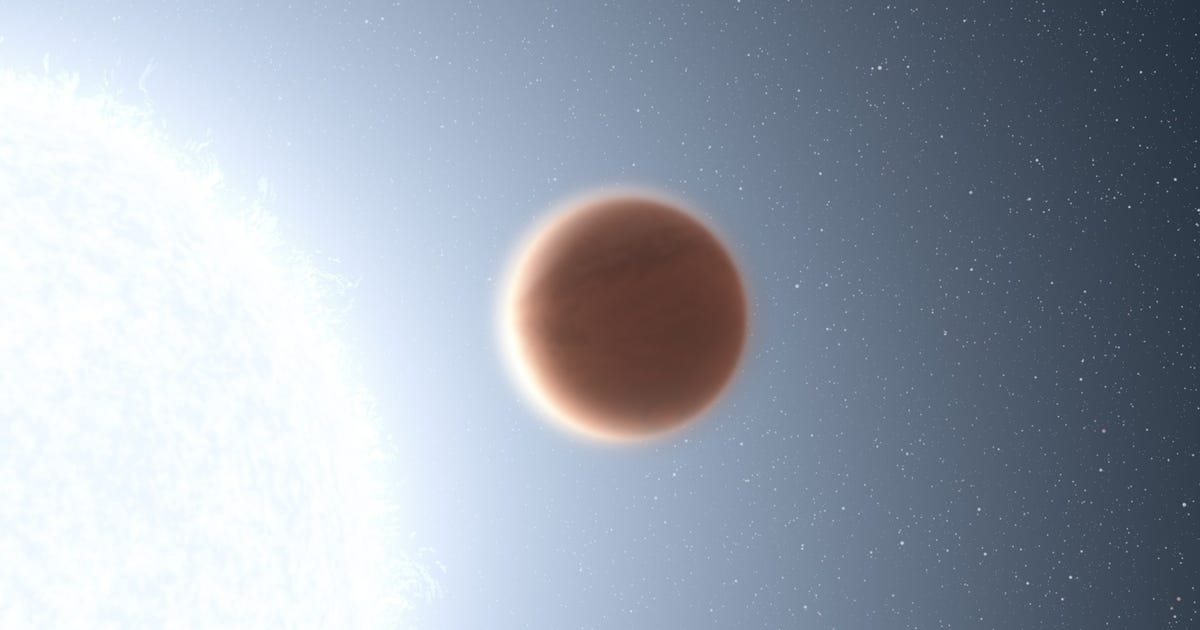
You don’t want to talk over with exoplanet KELT-20b, depicted right here in an artist’s representation.
NASA, ESA, Leah Hustak (STScI)
Gosh, Mars certain looks as if a pleasant position to talk over with whilst you examine it with one of the crucial different planets available in the market, just like the completely unsightly exoplanets WASP-178b and KELT-20b. The “bloated Jupiter-sized worlds,” as NASA calls them, are situated out of doors of our sun machine. The planets are the topic of 2 papers investigating their excessive climate.
The exoplanets would soften your face off quicker than a Metallica guitar solo, and they may be able to additionally vaporize maximum metals. So even supposing we miraculously invent a solution to commute the numerous light-years to achieve them (1,300 for WASP-178b and 400 for KELT-20b), let’s agree to not talk over with.
In a remark on Wednesday, NASA stated the far-off worlds “have the freshest planetary atmospheres ever noticed.” They are snuggled up on the subject of their stars, which triggers some wild climate. WASP-178b is locked in position with one facet at all times going through its famous person and it has an environment that whips round at super-hurricane speeds. “At the darkish facet, the silicon monoxide might cool sufficient to condense into rock that rains out of clouds, however even at first light and nightfall, the planet is scorching sufficient to vaporize rock,” NASA stated.
NASA unveils 30 dazzling new Hubble house photographs for an epic anniversary
Astronomers used records from the Hubble House Telescope and NASA’s Spitzer House Telescope to raised perceive what is going down at the planets. “We nonetheless should not have a just right figuring out of climate in numerous planetary environments,” stated David Sing of Johns Hopkins College. Sing is a co-author of each the find out about on WASP-178b revealed within the magazine Nature on Wednesday and the find out about on KELT-20b revealed in Astrophysical Magazine Letters in January.
Researchers don’t seem to be scoping out those planets as the type of puts other folks may reside. They are extraordinarily uninhabitable. However learning them will assist scientists perceive what is going on with climate on friendlier planets. “This can be a take a look at of our tactics that permits us to construct a common figuring out of bodily houses reminiscent of cloud formation and atmospheric construction,” stated Utah Valley College’s Josh Lothringer, an writer on each research.
The raging scorching planets are amongst greater than 5,000 exoplanets scientists have came upon. They spotlight the variety of the planet scene past our sun machine, and in addition display how a lot may also be discovered about them from our house telescopes. We will be able to surprise at those super-hot Jupiters from a protected distance.
Get the CNET Now newsletter
Spice up your small talk with the latest tech news, products and reviews. Delivered on weekdays.
